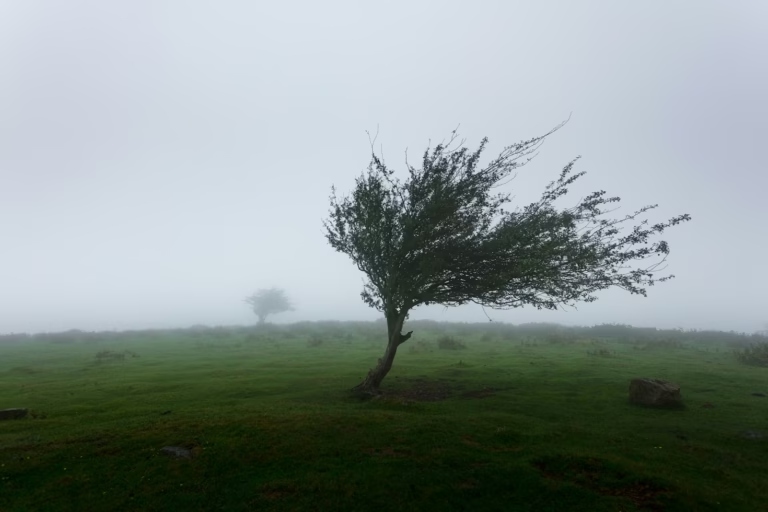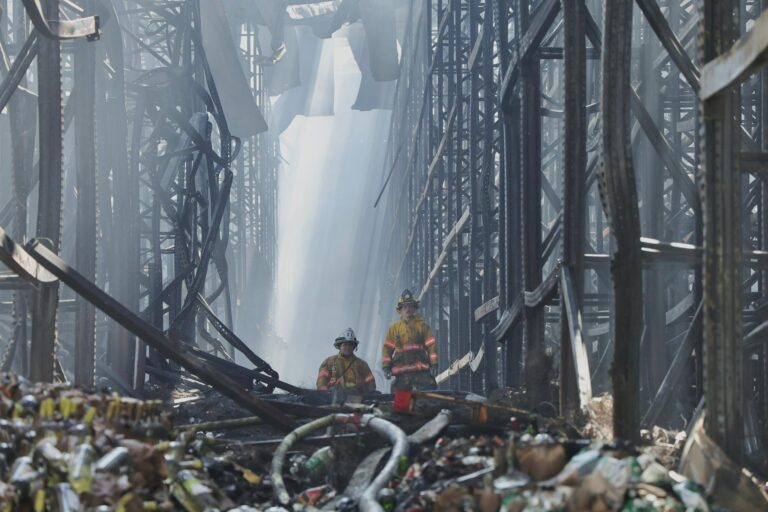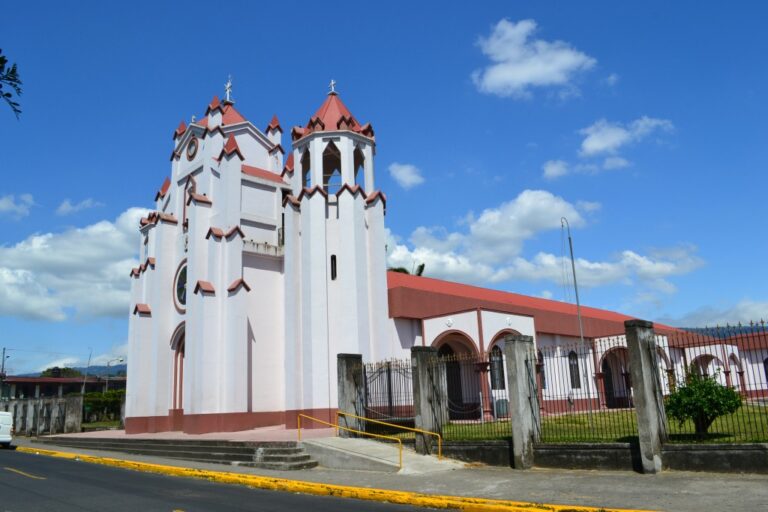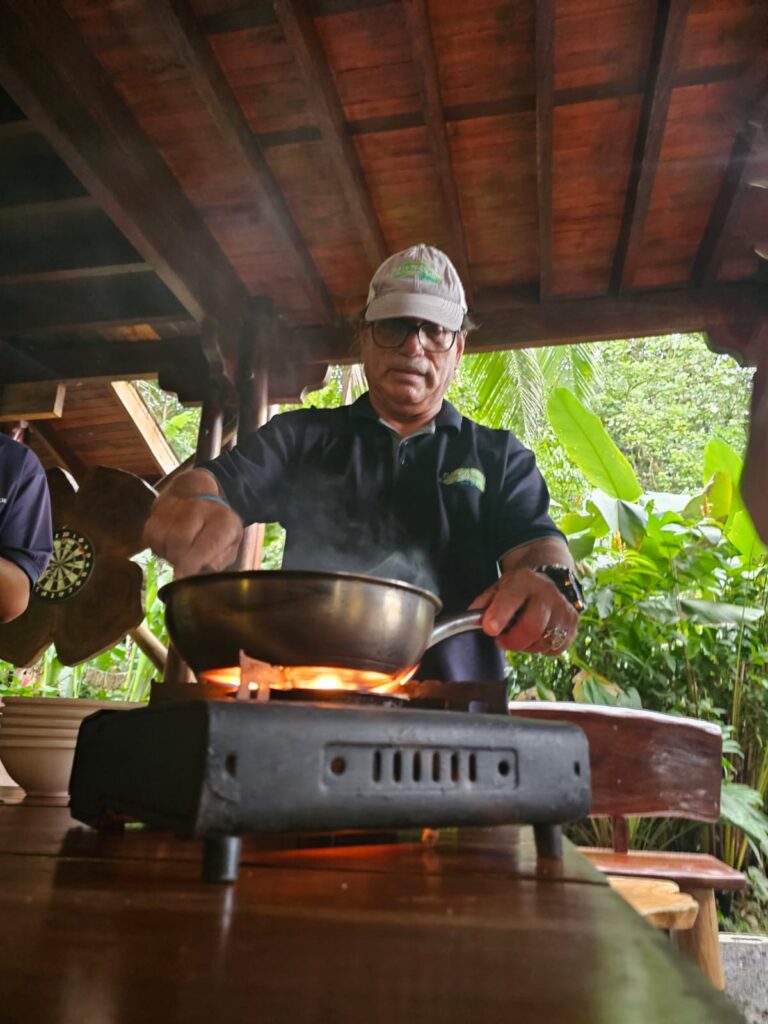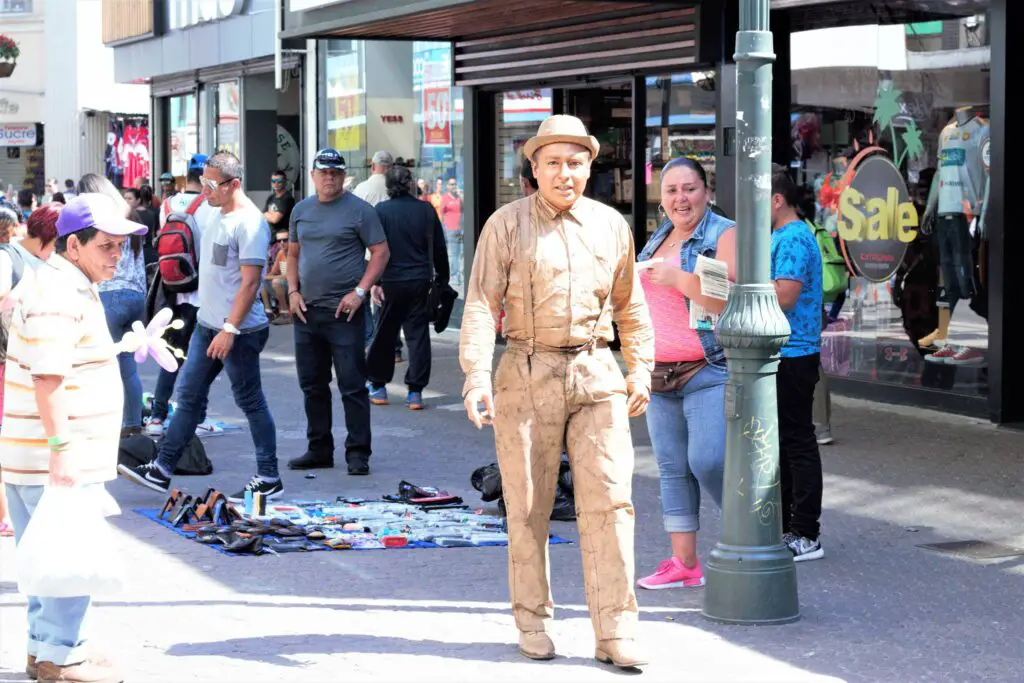The Rincón de la Vieja Volcano, one of the colossi of the Guanacaste Cordillera, remains one of the most active volcanological monitoring centers in Costa Rica. Its behavior, while sometimes alarming, is an intrinsic part of its geology and a constant reminder of the forces shaping the region.
The recent moderate eruption, recorded last Saturday, October 18, is a perfect example of this volcano’s habitual “pulse.” That event, which generated a column of gas and ash 3,000 meters (about 9,800 feet) above the crater, is not an isolated incident but the latest manifestation of an activity cycle that defines Rincón de la Vieja.
The Volcano’s Personality: Phreatic Eruptions
Unlike volcanoes characterized by lava flows (magmatic eruptions), Rincón de la Vieja’s historical and recent activity is predominantly phreatic.
This type of eruption occurs when deep magma heats the water of the volcano’s hydrothermal system, especially the water in its acidic crater lake. The resulting pressure buildup from steam generates powerful explosions that launch a mixture of vapor, gases, ash, rocks, and lake-bottom sediments into the air.
It is these explosions that, as occurred on Saturday, cause ashfall and a strong sulfur smell in nearby communities such as Dos Ríos and Aguas Claras.
The Historical Danger: Lahars
The primary threat associated with this type of activity is not lava, but lahars.
When the volcano violently expels the crater’s water, this water rushes down the slopes, mixing with fresh ash and loose material to form hot mudflows (lahars). These flows travel at high speed down the channels of rivers originating on the volcano, such as the Pénjamo or Azul rivers, dragging rocks and trees with them.
Historically, Rincón de la Vieja’s periods of greatest activity (such as those in the 1960s, 1990s, and the current cycle, which intensified starting in 2011) have always included lahars as the main hazardous phenomenon.
A Constant State of Alert
According to the Volcanological and Seismological Observatory of Costa Rica (OVSICORI-UNA), this past weekend’s activity is consistent with the volcano’s current alert status: Level 2 (Yellow), which signifies “Caution.”
This indicates an active volcano with small but frequent eruptions, variable seismicity, and gas emissions. While the Rincón de la Vieja National Park keeps its Las Pailas sector—famous for its fumaroles and bubbling mud pots—open to the public, access to the trail leading to the active crater has remained closed for years, precisely as a safety measure against this explosive and unpredictable behavior.
The recent eruption does not change the volcano’s status; it simply confirms why the “Guanacaste Giant” demands respect and constant monitoring.







